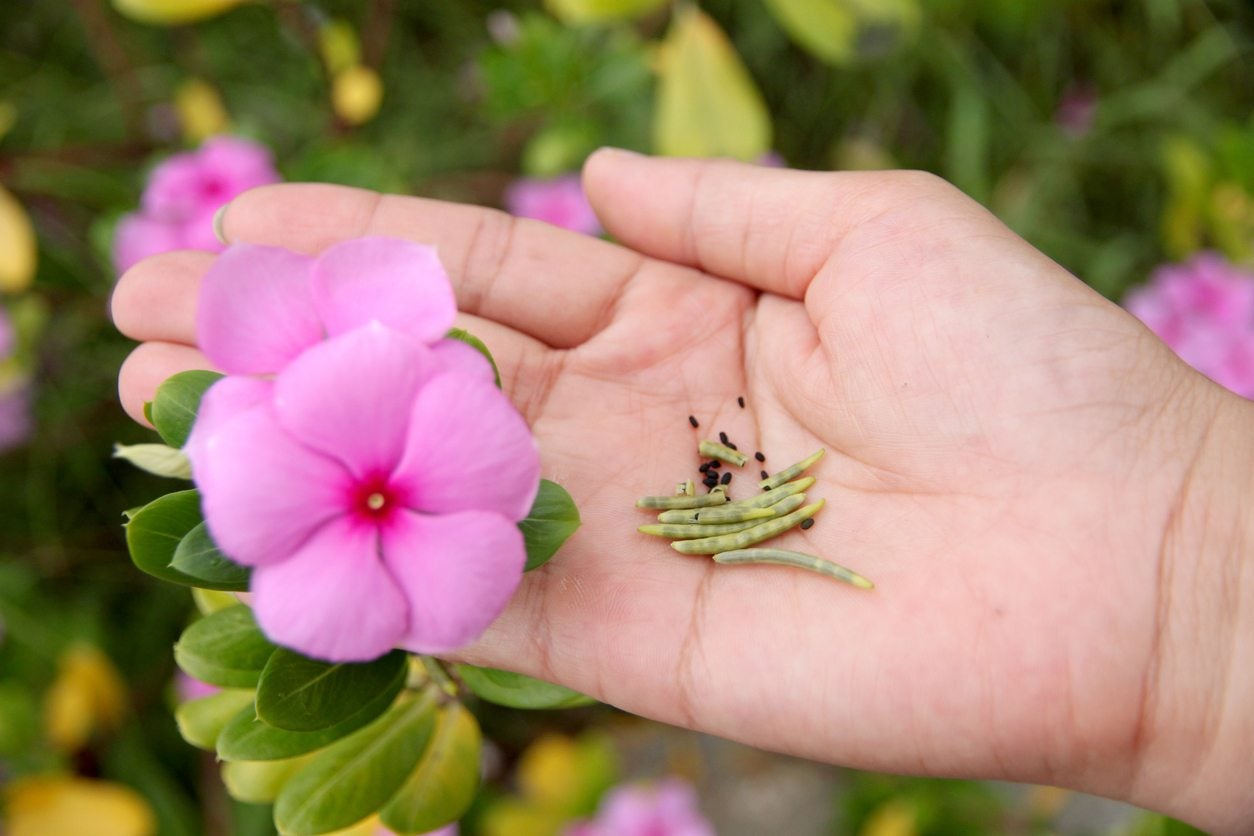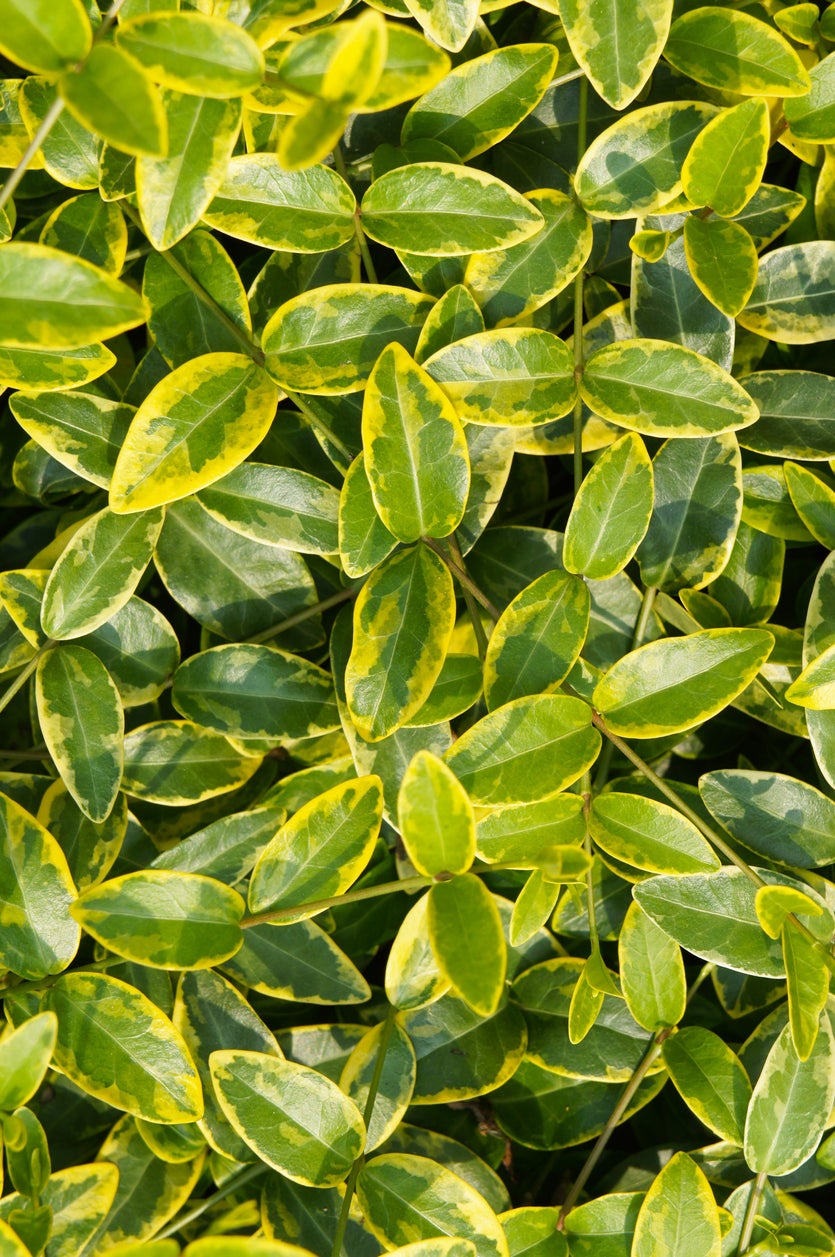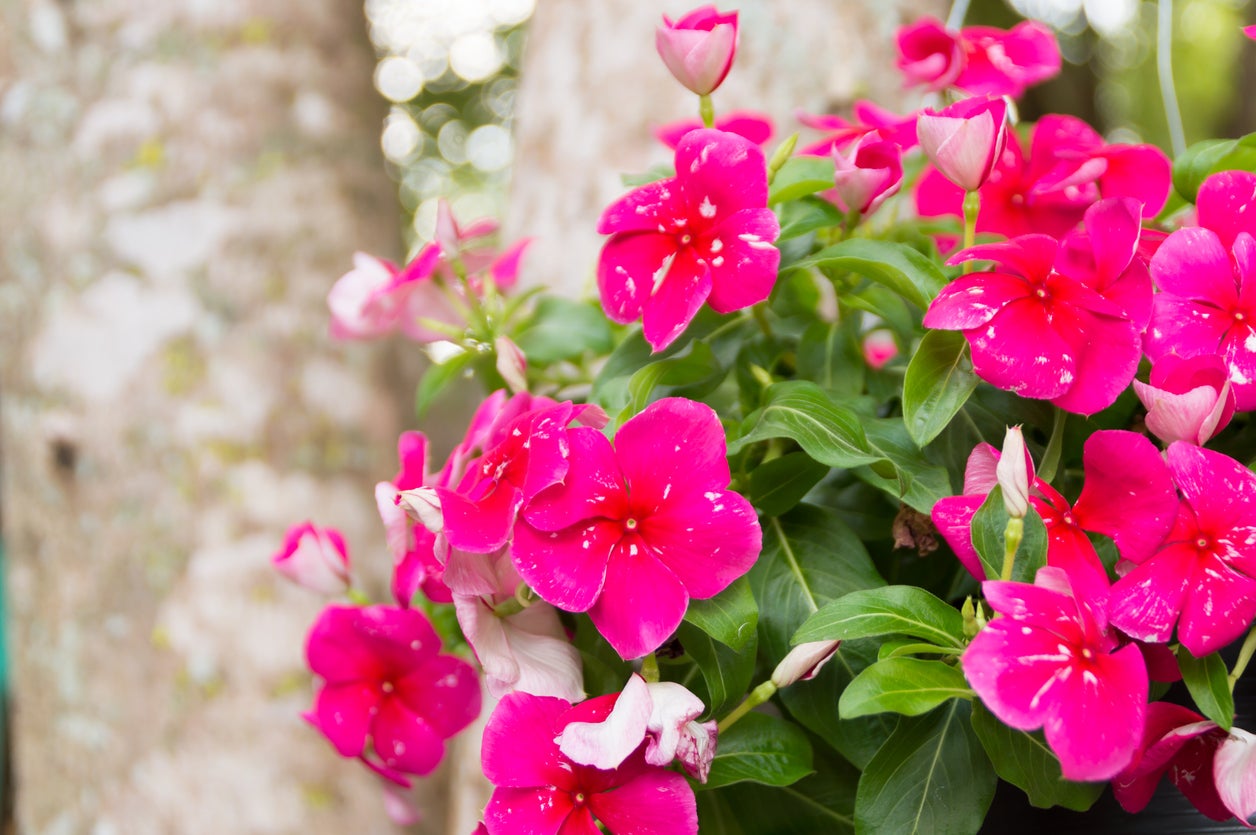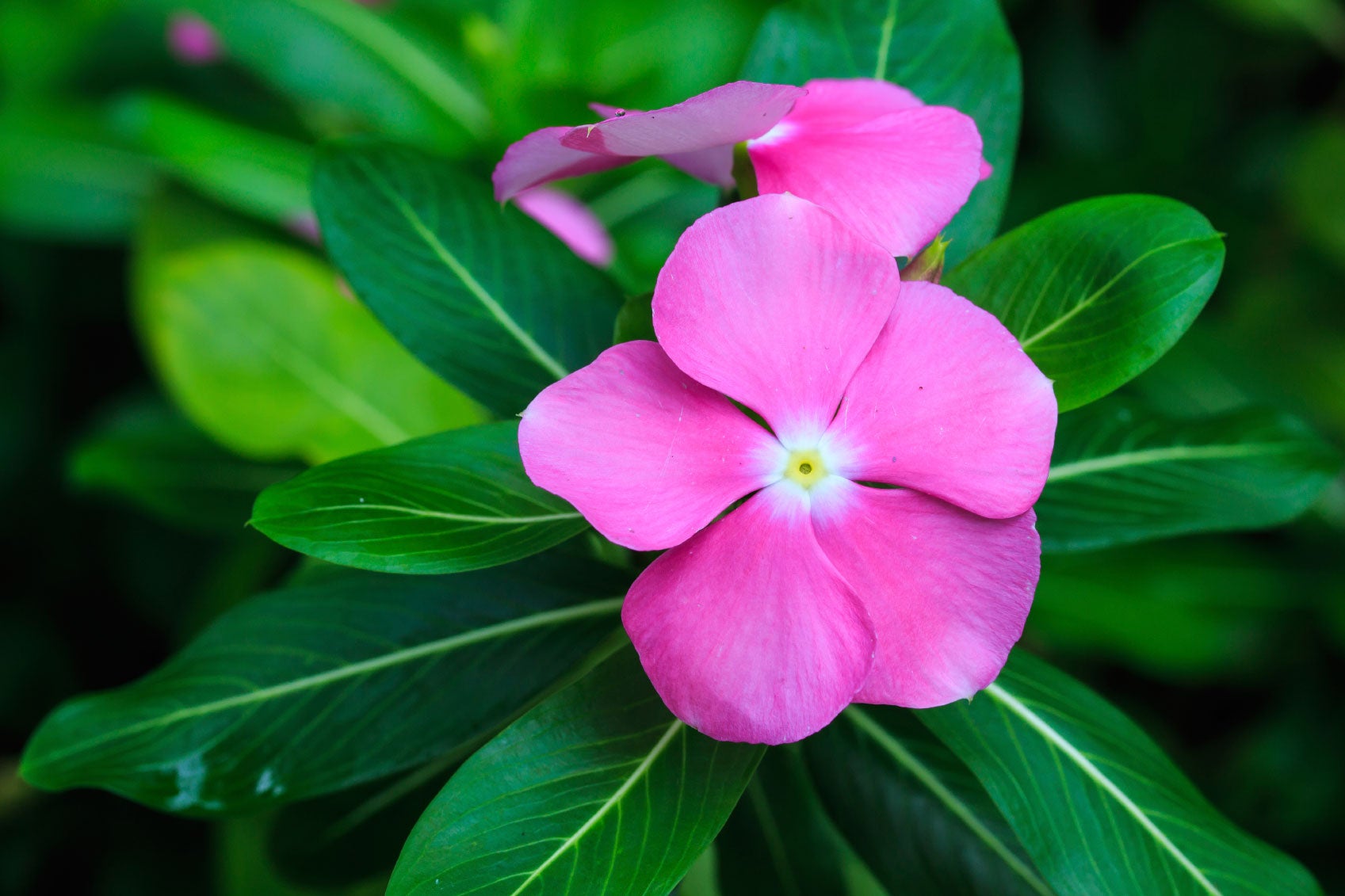Growing Annual Vinca From Seed: Gathering And Germinating Seeds Of Vinca


Also known as rose periwinkle or Madagascar periwinkle (Catharanthus roseus), annual vinca is a versatile little stunner with shiny green foliage and blooms of pink, white, rose, red, salmon, or purple. Although this plant isn’t frost-hardy, you can grow it as a perennial if you live in USDA plant hardiness zones 9 and above. Collecting vinca seeds from mature plants isn’t difficult but growing annual vinca from seed is a little trickier. Read on to learn how.
How to Gather Vinca Seeds
When collecting vinca seeds, look for long, narrow, green seedpods hidden on the stems beneath blooming flowers. Snip or pinch the pods when the petals drop from the blooms and the pods are turning from yellow to brown. Watch the plant carefully. If you wait too long, the pods will split, and you’ll lose the seeds. Drop the pods into a paper sack and place them in a warm, dry spot. Shake the bag every day or two until the pods are completely dry. You can also drop the pods into a shallow pan and put the pan in a sunny (non-windy) location until the pods are completely dry. Once the pods are completely dry, open them carefully and remove the tiny black seeds. Place the seeds in a paper envelope and store them in a cool, dry, well-ventilated location until planting time. Freshly harvested seeds usually don’t do well because germinating vinca seeds require a period of dormancy.
When to Plant Annual Vinca Seeds
Plant vinca seeds indoors three to four months before the last frost of the season. Cover the seeds lightly with soil, then lay a damp newspaper over the tray because germinating seeds of vinca require total darkness. Place the seeds where temperatures are around 80 degrees F. (27 C.). Check the tray daily and remove the newspaper as soon as seedlings emerge – generally two to nine days. At this point, move the seedlings into bright sunlight and room temperature is at least 75 degrees F. (24 C.).
Gardening tips, videos, info and more delivered right to your inbox!
Sign up for the Gardening Know How newsletter today and receive a free copy of our e-book "How to Grow Delicious Tomatoes".

A Credentialed Garden Writer, Mary H. Dyer was with Gardening Know How in the very beginning, publishing articles as early as 2007.
-
 Terrifically Tubular Flowers For Hummingbirds: 9 Tube-Flowered Plants To Attract Hummers
Terrifically Tubular Flowers For Hummingbirds: 9 Tube-Flowered Plants To Attract HummersGrowing tubular flowers for hummingbirds helps you create the optimum feeding conditions for your winged friends. Here are nine tubed delights for hummers
By Tonya Barnett
-
 How To Grow Hydroponic Tomatoes For Fresh Indoor Harvests – No Soil Required
How To Grow Hydroponic Tomatoes For Fresh Indoor Harvests – No Soil RequiredLearning how to grow tomatoes in water is easy and allows you to harvest fresh-home-grown produce in every season without any mess.
By Ellen Wells
-
 My Vinca Is Turning Yellow: What To Do With A Yellowing Vinca Plant
My Vinca Is Turning Yellow: What To Do With A Yellowing Vinca PlantAre the leaves on your vinca plants turning yellow? It may be a disease or soil that isn't draining well. Check your plants' growing conditions first.
By Tonya Barnett
-
 Vinca Plants Problems – Common Vinca Insect Pests And Diseases
Vinca Plants Problems – Common Vinca Insect Pests And DiseasesA lovely bedding plant or groundcover and while it's often easy-care, vinca can have issues with disease, insects and unsuitable growing conditions.
By Tonya Barnett
-
 Madagascar Periwinkle Care: Growing Madagascar Rosy Periwinkle Plant
Madagascar Periwinkle Care: Growing Madagascar Rosy Periwinkle PlantThe rosy periwinkle plant is tolerant of many growing conditions where seasons are warm annually and soil is well draining. Some notes about rosy periwinkle and how and where to grow Madagascar periwinkles can be found in this article.
By Bonnie L. Grant